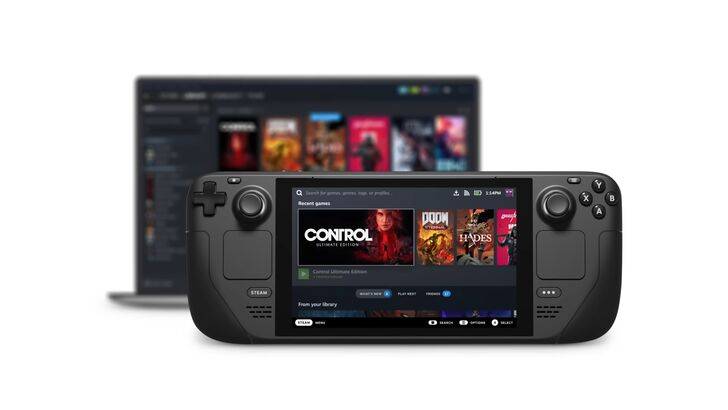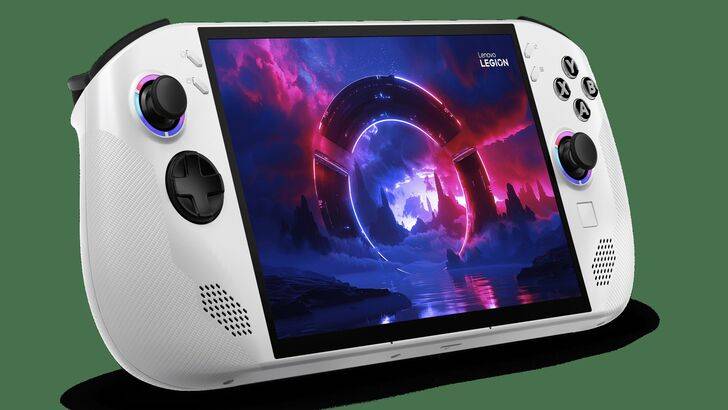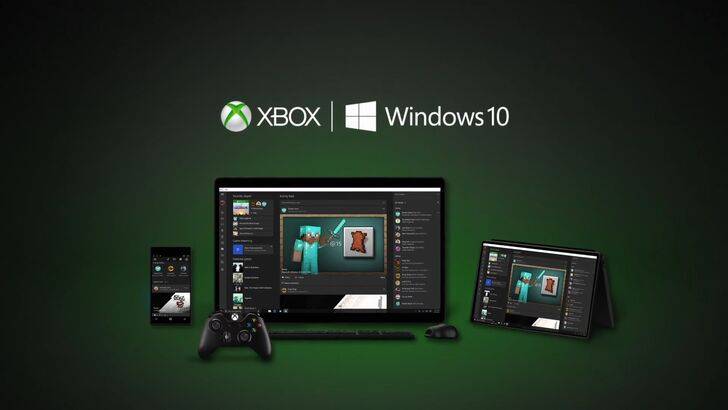
In a recent interview, Valve developer Pierre-Loup Griffais clarified that SteamOS was never designed as a direct competitor to Windows. Rather than aiming to replace Microsoft's operating system, the focus lies on offering users an alternative experience tailored for gaming and performance optimization. This statement comes in response to long-standing speculation around Valve’s intentions following past comments by Gabe Newell regarding limitations he perceived in Windows 8.
Read on to discover more insights from Griffais, the growing presence of SteamOS in the handheld market, and how Microsoft is responding with its own plans to integrate Xbox and Windows into a unified gaming ecosystem.
Valve Developer Shares Thoughts on SteamOS and Its Relationship with Windows

During an interview conducted by French tech publication Frandroid on January 9, 2025, Valve engineer Pierre-Loup Griffais addressed concerns about whether SteamOS was developed as a potential "Windows killer." The question references remarks made by Valve co-founder Gabe Newell back in 2012, where he criticized Microsoft’s Windows 8 for negatively impacting the PC gaming ecosystem due to its Metro UI and integrated store model.
Griffais responded by emphasizing that SteamOS isn’t built with the intention of displacing Windows from the desktop space. “I don't think the goal is to have a certain market share, or to push users away from Windows,” he stated. “If a user has a good experience on Windows, there's no problem. It's interesting to develop a system that has different goals and priorities, and if it becomes a good alternative for a typical desktop user, that's great. It gives them choice. But it's not a goal in itself to convert users who already have a good experience.”
This sentiment reinforces Valve’s strategy of expanding accessibility and enhancing the gaming experience across platforms rather than engaging in OS market competition. By introducing SteamOS to new devices, Valve provides gamers with an optimized environment specifically designed for their needs—without directly challenging the dominance of Windows.
Lenovo Unveils SteamOS-Powered Handheld Device at CES 2025

Despite Windows’ stronghold on the PC operating system market—with Windows 11 being the latest version—Lenovo made headlines at CES 2025 by announcing the *Legon Legion GO S*, a new handheld device powered by SteamOS. This marks a significant milestone for Valve’s platform, as it's the first time SteamOS has been implemented beyond the Steam Deck.
By running on SteamOS, the Lenovo Legion GO S allows players instant access to the full Steam library without the need for additional compatibility layers or drivers. While SteamOS is still far from rivaling Windows in broader consumer adoption, Griffais expressed confidence in its future expansion. “It’s going to continue to expand over time,” he noted, signaling Valve’s commitment to evolving SteamOS into a versatile and scalable operating system beyond just handhelds.
As SteamOS continues to grow, Microsoft may need to reevaluate its approach to maintain relevance in the fast-evolving handheld gaming landscape.
Microsoft Responds with Vision to Merge Xbox and Windows

At the same event, Microsoft’s VP of Next Generation Experiences, Jason Ronald, outlined the company’s strategy to respond to the rise of dedicated handheld consoles like the Nintendo Switch and Steam Deck. Microsoft aims to deliver a seamless experience by combining “the best of Xbox and Windows together.”
Although details remain scarce, the plan reportedly centers around creating a unified gaming environment that places the player and their game library at the core of the experience. However, Microsoft’s handheld device is still under development, and no official release date or hardware specifications have been announced yet.
For now, Valve’s SteamOS remains a strong contender in the handheld market, offering a focused and streamlined experience for PC gamers looking for portability and performance. As both companies evolve their strategies, the future of gaming could see a more diverse and competitive landscape between traditional desktop OS providers and next-gen handheld platforms.









